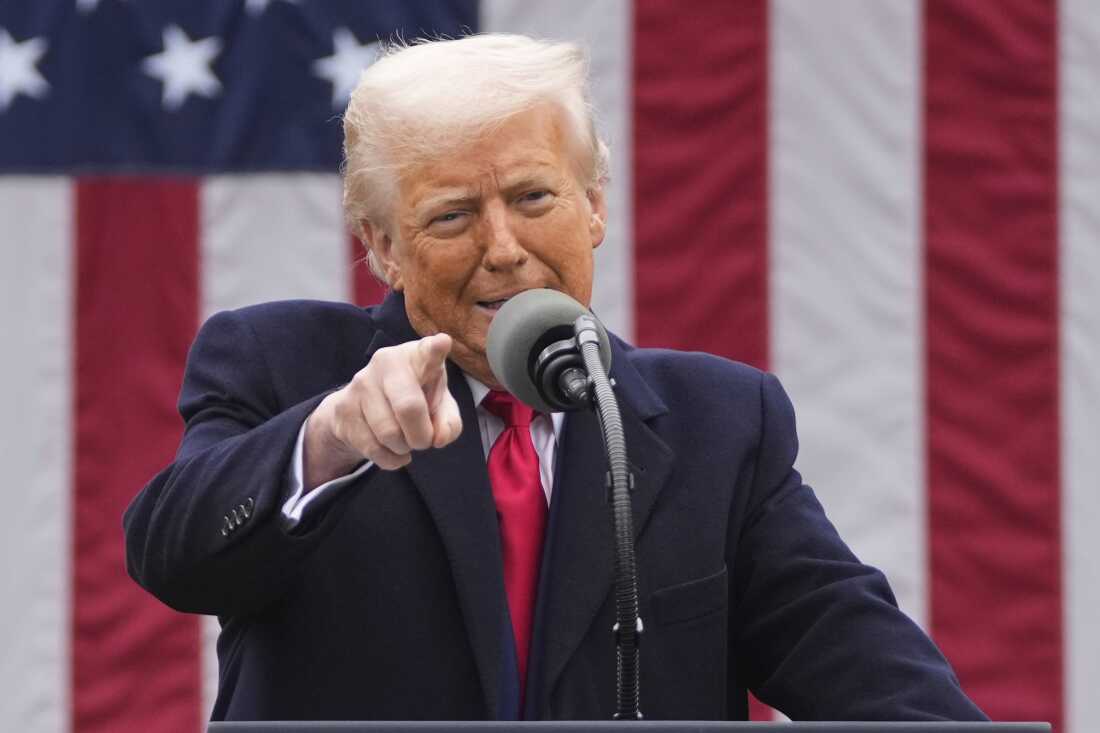The escalating trade tensions between Washington and Brussels took a significant turn as former U.S. President Donald Trump agreed to withdraw plans for imposing an extraordinarily high tariff—reportedly 250 percent—on pharmaceutical imports from the European Union. This decision, which came as part of a broader trade arrangement, marks a critical moment in the long-standing negotiations between the two economic powerhouses and offers a temporary reprieve for industries on both sides of the Atlantic.
The dispute traces back to a period of intensifying trade frictions, during which Washington sought to correct what it viewed as persistent imbalances and unfair practices in sectors ranging from agriculture to technology and healthcare. Pharmaceuticals became a flashpoint in these negotiations because of their economic and strategic importance.
The U.S. administration at the time argued that European pharmaceutical companies enjoyed competitive advantages that hurt American manufacturers. Allegations centered on regulatory differences, pricing models, and market access issues that, according to U.S. officials, created an uneven playing field. To address these perceived inequities, the White House floated the idea of punitive tariffs—a move that alarmed not only European firms but also American importers and healthcare stakeholders concerned about the potential fallout.
A 250 percent tariff, if it had been applied, would have significantly raised the expenses of medications made in the EU that are sold in the U.S. market. Since numerous hospitals, pharmacies, and patients in America rely on European medications for unique medical treatments, experts in the industry cautioned that this action could result in price increases, disruptions in supply, and possible shortages.
The pharmaceutical industry on both sides reacted swiftly to the proposed tariffs. Trade associations, healthcare providers, and multinational corporations voiced concerns that escalating costs would ultimately burden consumers and undermine global supply chains. American firms with operations in Europe also feared retaliatory measures that could disrupt their own exports to EU markets.
European leaders responded with strong diplomatic efforts to defuse the situation. Brussels emphasized the importance of maintaining open trade in essential goods, particularly during a time when healthcare systems faced mounting pressures. Officials argued that introducing prohibitive tariffs on life-saving medicines would not only harm economies but also jeopardize public health—a point that resonated strongly amid ongoing global health challenges.
After several weeks of discussions, an agreement was declared by both parties preventing the increase in tariffs. Although the specific details are open to interpretation, the deal is said to involve pledges to increase regulatory cooperation, bolster pricing framework transparency, and investigate ways to resolve disagreements before they lead to trade conflicts.
As part of these agreements, Washington consented to cancel the planned tariff hike, indicating a move from conflict to negotiation. Analysts point out that the arrangement signifies a practical acknowledgment of their interdependence: the U.S. depends on European pharmaceuticals for innovative therapies, while EU firms rely on the American market for substantial income sources.
The resolution of this dispute has far-reaching implications. For one, it provides short-term stability to a sector already grappling with supply chain vulnerabilities, rising research costs, and evolving regulatory standards. Pharmaceutical companies can continue cross-border operations without the looming threat of punitive tariffs that could have reshaped business strategies and investment plans.
Furthermore, the agreement emphasizes the interconnectedness of today’s healthcare markets. No individual nation can completely shield itself from global supply chains, especially in a sector as specialized and research-driven as pharmaceuticals. The circumstances of this negotiation illustrate the dangers of exploiting crucial sectors in trade disagreements, a tactic that may have unforeseen repercussions for patients around the globe.
The threat of tariffs was not a standalone policy decision but rather a component of a comprehensive strategy used by the Trump administration to revise trade agreements with key partners. From duties on steel and aluminum to taxes on consumer products, tariffs frequently appeared in Washington’s economic negotiations at this time. Supporters of this method contended that stringent actions were essential to obtain more favorable conditions for American businesses.
However, critics contended that such tactics often escalated tensions and risked alienating allies. In the case of pharmaceuticals, many experts questioned the wisdom of applying extreme tariffs to a sector so closely tied to public welfare. The eventual rollback of the proposed measure suggests that even aggressive negotiators recognize the practical limits of economic coercion when essential goods are at stake.
For the European Union, avoiding the tariff was a strategic priority. Pharmaceutical exports to the U.S. represent a substantial share of the bloc’s trade, supporting thousands of jobs and fueling innovation within the industry. Beyond economics, EU officials viewed the dispute as a test of transatlantic cooperation in areas critical to global health.
The result reflects the EU’s dedication to dialogue rather than escalating tensions, even when facing provocative suggestions. By choosing diplomatic engagement over immediate retaliation, Brussels contributed to guiding discussions toward regulatory consistency and market equity—topics that can be managed without punitive actions.
The episode provides numerous insights for decision-makers and companies. Initially, it emphasizes the significance of transparent communication and proactive involvement to avert trade disagreements from escalating into major conflicts. Additionally, it underlines the necessity for adaptable, rule-based methods to address conflicts in areas where health considerations overshadow immediate economic benefits.
Finally, the example demonstrates the increasing intricacy of worldwide trade management. With supply chains becoming more interconnected and political tensions rising, conventional methods like tariffs might become less effective—able to create influence but also incurring significant unintended expenses.
Although the agreement has alleviated immediate tensions, uncertainties persist regarding the longevity of this accord. Trade interactions between the U.S. and the EU still encounter fundamental difficulties, such as conflicts over digital services, environmental guidelines, and industrial support measures. A revival of protectionist attitudes could trigger conflicts again, especially if economic challenges increase.
For now, stakeholders in the pharmaceutical sector can breathe a sigh of relief. By stepping back from the brink, both Washington and Brussels have signaled a willingness to prioritize stability over confrontation—at least in an industry where the stakes extend beyond profit margins to human well-being.




